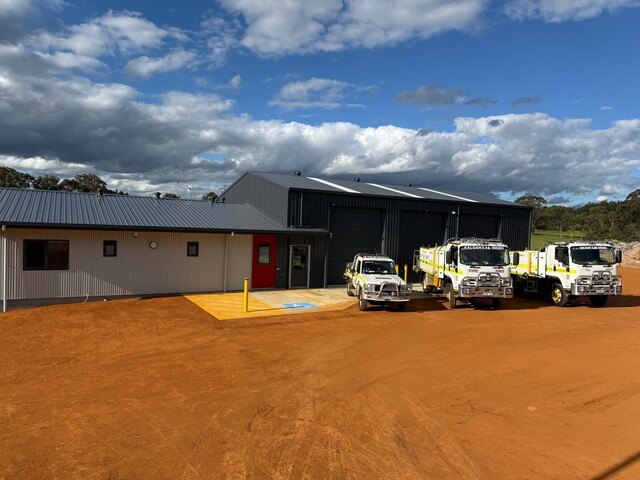Decent housing is a fundamental social need. In Australia, the free market has been the principal source of housing supply with some of the shortfall being made up by Federal and State Government Grant support, via traditional brick veneer, often heavily cross subsidised, community housing.
Current policy is diverting supply mainly to the private sector and reducing the role of Federal and State Governments except in the area of housing for the most disadvantaged groups. The necessary ‘mechanism’ to convert the new housing system of rental assistance regimes to housing outcomes has still to be identified.
The problem of housing supply can best be addressed by Local Government and locally based housing bodies taking a new and more active role in supporting and facilitating low income and alternative housing options. Policy change at the Federal level is going to increasingly focus this role on Local Government, whether it is ready or not, and it is far better to proactively plan for change than respond when it is already upon you.
Failure to recognise the trends and take proper advantage of low cost land opportunities along with innovative housing techniques, will only compound economic and social problems in both metropolitan and regional areas. Regional areas of Australia, are in a position to offer more affordable land and housing for Australia’s low income households. This includes a better lifestyle in quality housing at significantly lower costs than major capital cities.
Regional locations have lower land costs, often have spare infrastructure including under utilised places in local schools and hospitals, and require smaller outlays to provide other infrastructure requirements, such as roads, police service and so on. Additionally, an influx of residents to regional locations can help stimulate local economies.
At the moment, several factors militate against this approach including Capital City mind set, and Federal Government welfare policy which restricts recipients moving to areas which have higher unemployment even though other support costs may be lower and services more convenient. The 1996 Central Goldfields Housing Strategy addresses issues which can improve housing outcomes and benefit the local region. This advanced and modified an earlier Central Goldfields Region Rural Housing Project Study.
Among the initiatives proposed in the Strategy are a new restructured Regional Housing Council serving Central Goldfields and the six neighbouring Shires. The Strategy aims for Local Government to promote and develop affordable housing models. These include community housing, permanent movable villages, a community housing project and an Affordable Housing Display Village, a case managed ‘build on the dole’ scheme and housing feasibility and financial packages, in consultation with local financial institutions.
Establishing a flexible self build supervision service and cooperation with local TAFE campuses to share skills, resources and training are also planned. A recent Housing Study indicated a 10-15 year gap between need and housing innovation, yet the crisis exists now. Active encouragement for new industry to establish in the district, the development of more cost effective designs and assistance for owner builders will also enhance the above proposals.
In many areas of regional Australia, job creation is higher than in metropolitan centres, lending support to the view that a shift in population back to regional towns and districts would have a beneficial affect all round. Local Government, working closely with the local materials and construction industry and funding agencies to develop innovative building approaches, is in an ideal position to take up this challenge to demonstrate and provide better, affordable housing.
If Local Government ‘passes the buck’ who is left to solve this basic community need? If Local Government is the Government of cities and places and the closest tier to the community, the answer is self evident and urgent given the downstream impacts of Federal and State Government Housing Reforms now occurring.
For further information contact Norm Cameron, telephone (03) 5461 0625.
*Norm Cameron is Urban and Regional Planner at Central Goldfields Shire in Victoria.







